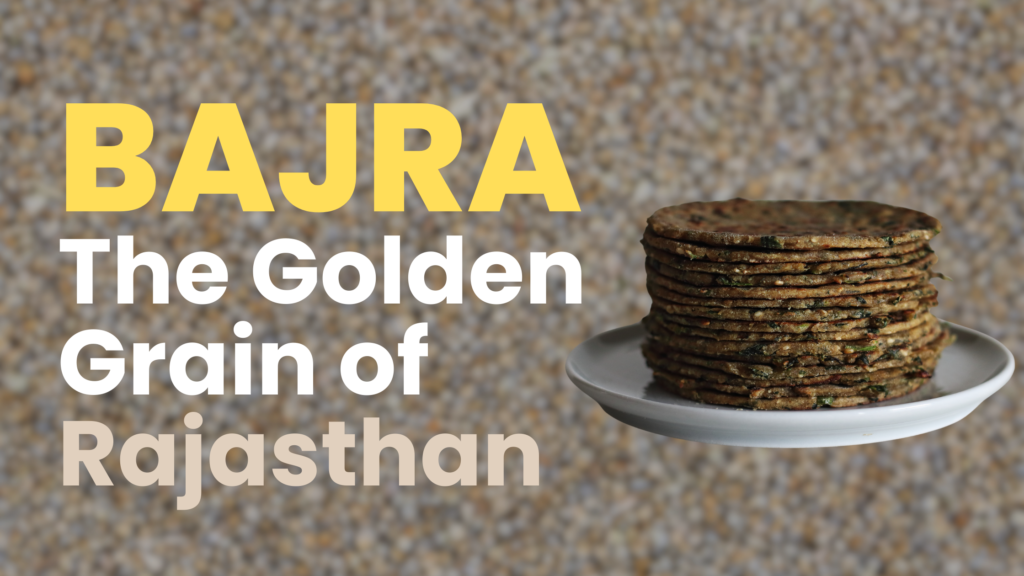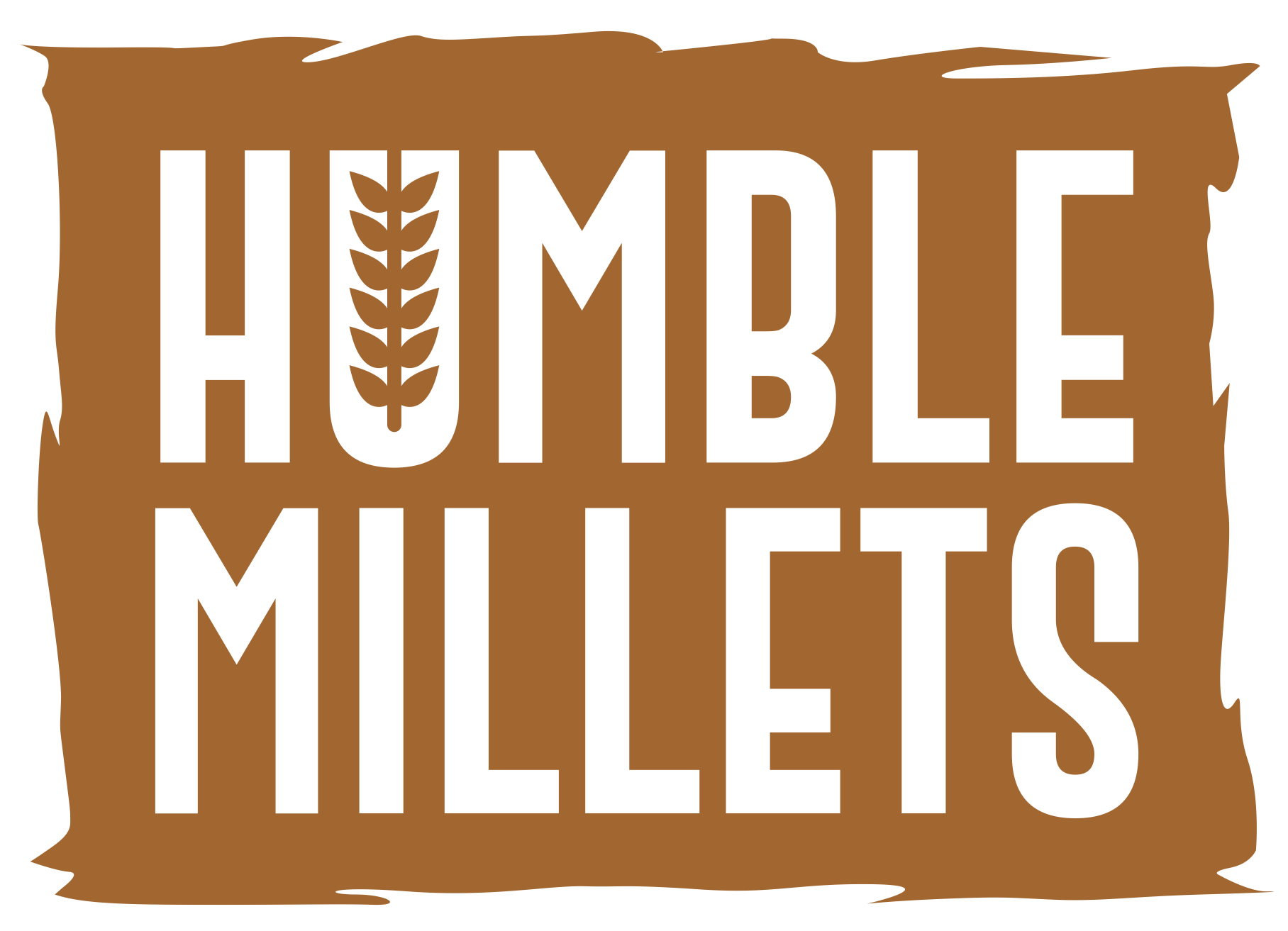
Introduction
Nestled amidst the vibrant deserts and majestic forts of Rajasthan lies a golden treasure – Bajra. This unassuming grain, also known as pearl millet, isn’t just a source of sustenance; it’s deeply woven into the cultural fabric, culinary heritage, and agricultural practices of the region. Bajra, with its remarkable resilience and adaptability, thrives in the harsh climate of Rajasthan, demonstrating the power of nature’s bounty.
A Legacy of Millet: Cultural Rituals and Traditions
Bajra transcends its role as a food source in Rajasthan. It plays a significant role in cultural rituals and traditions, passed down through generations. During festivals like Teej and Makar Sankranti, Bajra roti (flatbread) is an essential offering. Women adorn themselves with intricately designed Bajra headpieces, symbolizing prosperity and good health. This deep connection with Bajra reflects the respect the Rajasthani people have for this life-giving grain.
A Culinary Canvas: Exploring Rajasthani Delicacies
Bajra forms the foundation of Rajasthani cuisine, offering a delightful canvas for culinary creativity. The star of the show is undoubtedly the Bajra roti, a staple flatbread cooked on a tawa (griddle). Its earthy flavor and coarse texture pair perfectly with spicy curries like ker sangri and dal baati churma. Bajra khichdi, a porridge made with Bajra and lentils, provides a comforting and wholesome meal. For those with a sweet tooth, Bajra puda (fritters) and Bajri cheela (pancakes) offer a delicious twist on traditional desserts.
A Boon for Agriculture: The Impact of Millet Farming
Bajra’s true magic lies in its ability to thrive in challenging environments. Unlike water-intensive crops, Bajra flourishes in Rajasthan’s arid climate and requires minimal fertile soil. This makes it an ideal choice for Rajasthani farmers, ensuring food security even in drought-prone regions. Bajra’s short growing season allows for multiple harvests within a year, further contributing to agricultural sustainability.
A Sustainable Future: Environmental Benefits of Bajra
Bajra is a champion of environmental sustainability. Its low water needs make it a drought-resistant crop, putting less strain on already scarce water resources. Furthermore, Bajra’s deep root system helps prevent soil erosion, protecting the delicate desert ecosystem. By promoting Bajra cultivation, Rajasthan can move towards a more sustainable agricultural future.
Empowering Lives: Economic Benefits of Bajra
Bajra plays a crucial role in empowering the lives of Rajasthani farmers, particularly small-scale cultivators. Bajra’s high yield and low maintenance requirements make it a profitable crop. Additionally, the growing demand for millet-based products opens up new market opportunities for farmers. This not only ensures their livelihood but also fosters a sense of self-reliance and economic independence.
Conclusion
Bajra, the golden grain of Rajasthan, stands as a testament to resilience, sustainability, and cultural heritage. It nourishes the land and its people, offering a glimpse into the remarkable adaptability of both nature and tradition. As we explore the world of millets, let’s celebrate Bajra and its invaluable contribution to the vibrant tapestry of Rajasthan. Interested in learning about another power millet? Read our next blog, Potential Anti-Cancer Benefits of Ragi.
